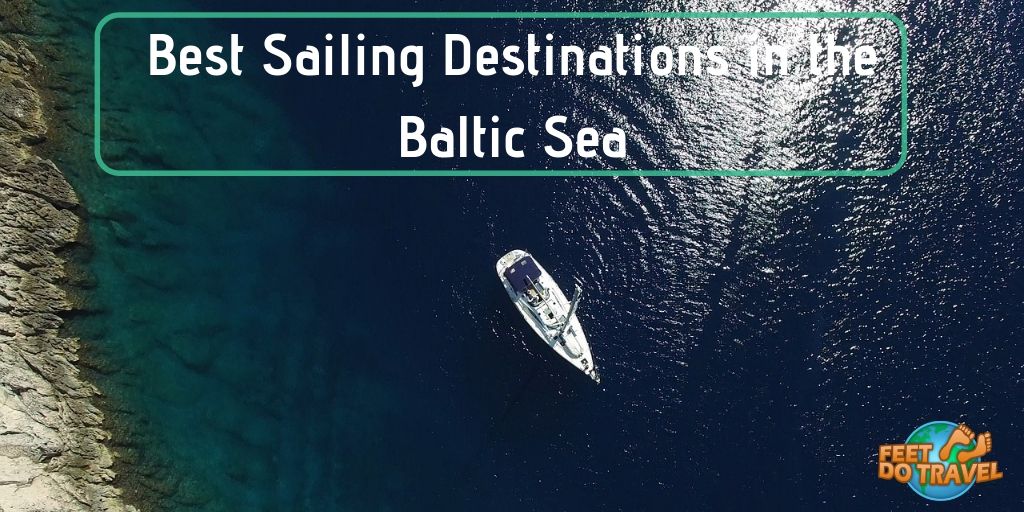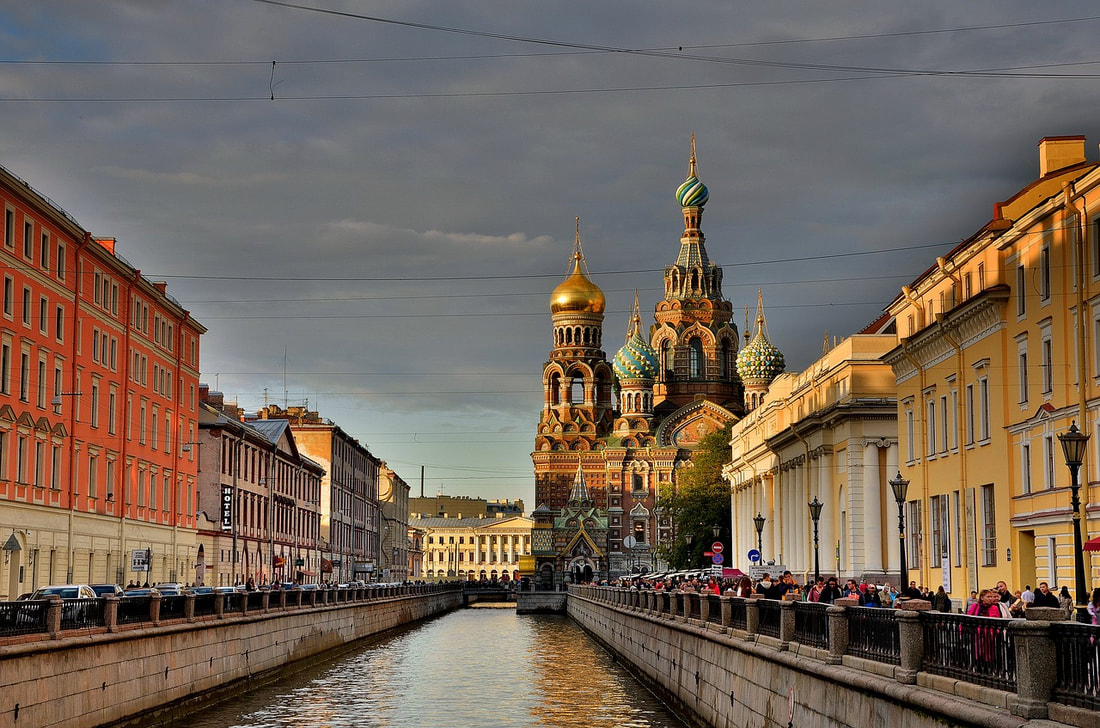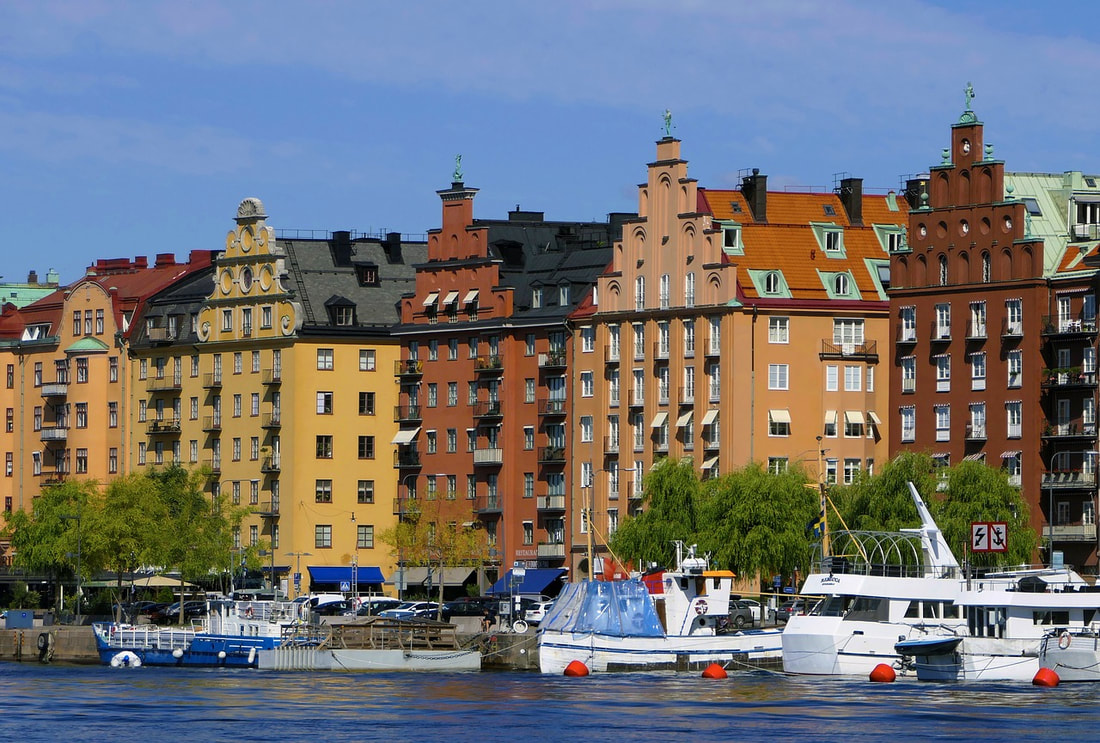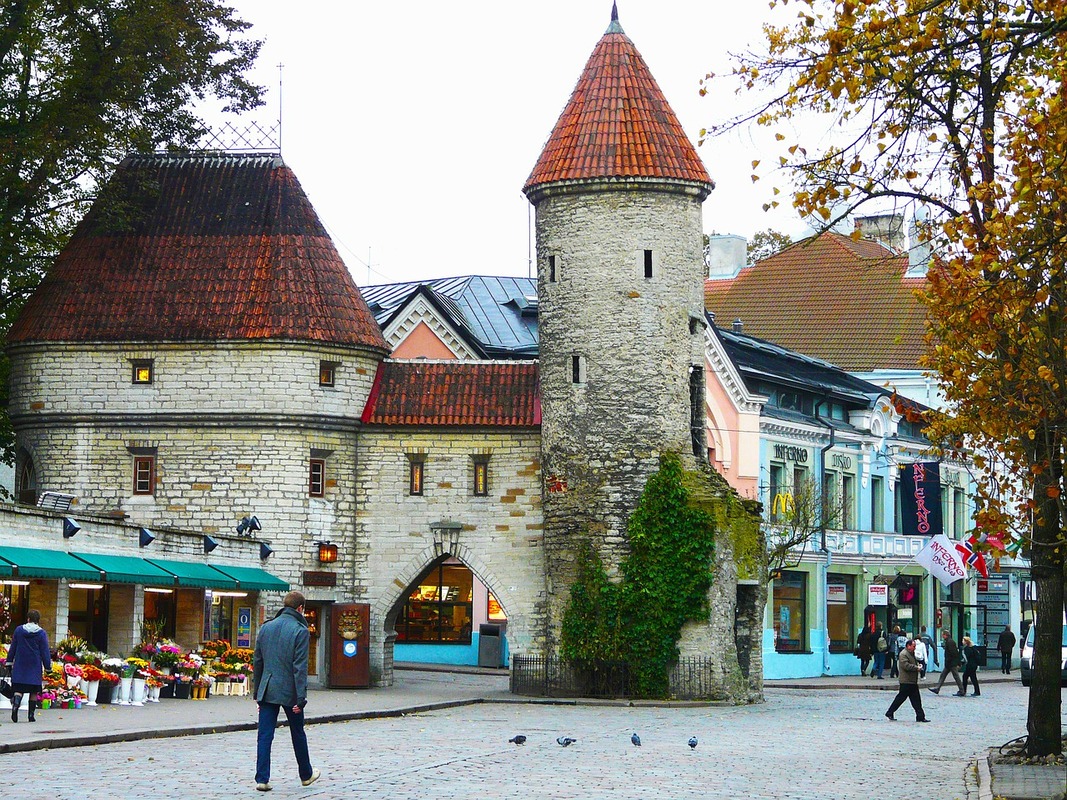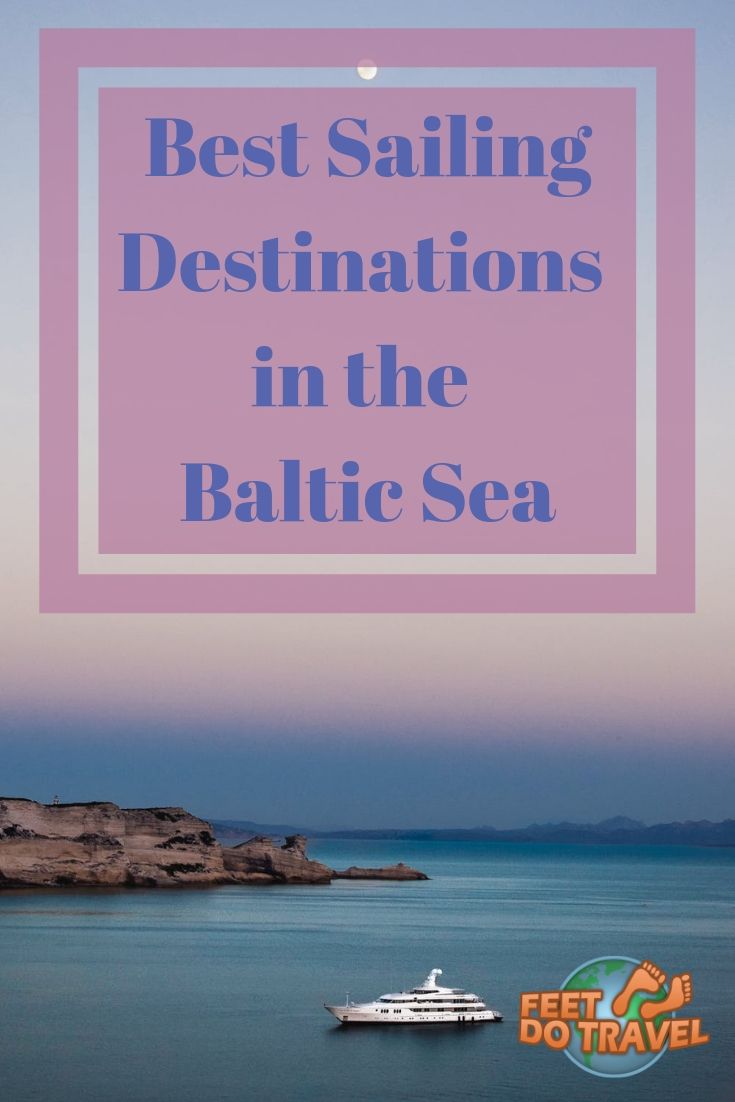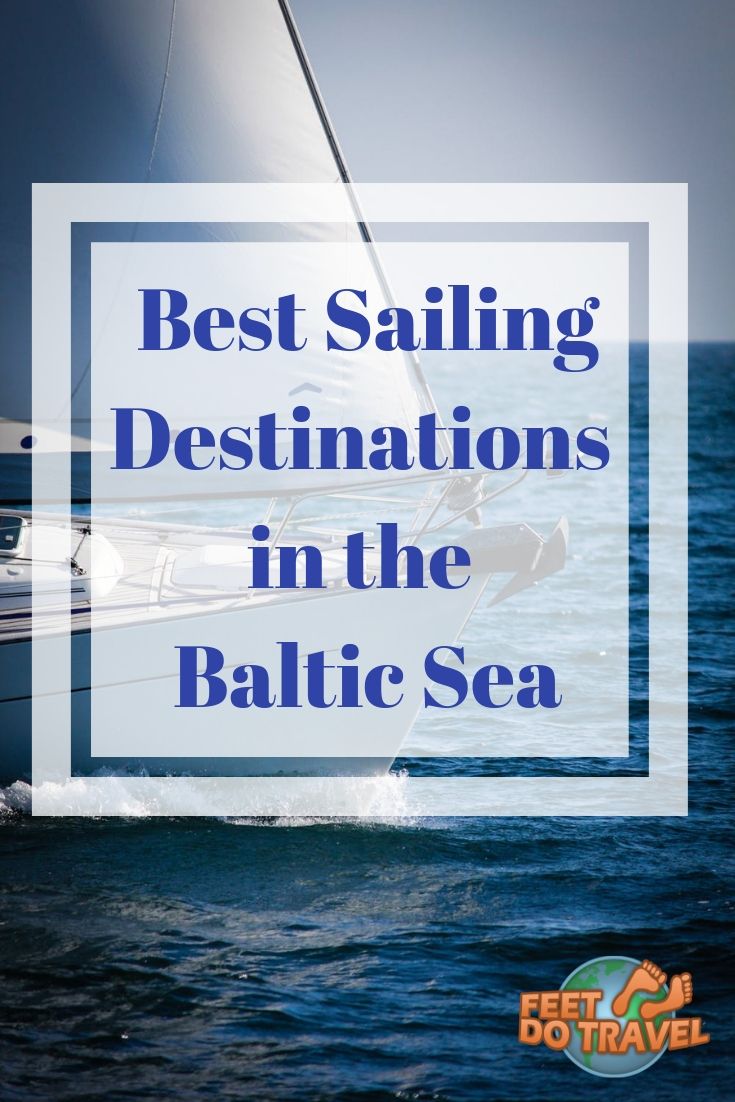If sailing Europe is your goal, then the Baltic Sea should be on your bucket list. Here are the best destinations for sailing in the Baltic Sea.
St. Petersburg is the favorite port of Baltic cruises, and it’s common to stay overnight here. As Russia’s first modern city, St. Petersburg has maintained its grandeur over the years, with palaces, museums, and canals that offer the best of sightseeing. Art and culture thrive here along centuries-old buildings that still stand gloriously. The number one spot that you should visit is the Hermitage, which is home to an unbeatable art collection that amounts to more than three million items. For historical attractions, check out Peterhof, Peter the Great’s Palace, and drop by the Palace Square, which has witnessed the Red October along with other major national events.
Rostock, Germany
Rostock is one of Germany’s largest port cities. Located next to the Baltic Sea, it attracts around 800,000 sailors and cruise passengers every year. Although the city was devastated by bombing during World War II, it has retained impressive structures such as the 12th-century Petrikirche and the North German Brick Gothic church. Interesting past aside, travelers tend to make a beeline for Warnemunde Beach, which is among Germany’s safest and most appealing beaches. Fine, white sand meets the Baltic Sea, and the harbor is picturesque. Alte Strom, where passenger ships, yachts, and fishing boats are moored, is brimming with cafes and pubs.
A stylish and beautiful city, Stockholm is dotted with lush parks, art galleries, and museums. The Swedish love for design shows through because every establishment, from coffee shops to fashion boutiques, is tastefully decorated. A must-see in Stockholm is Gamla Stan, Stockholm’s oldest district. Its scenery is perfect for fairytales, complete with cobblestone streets and a royal palace. Just 20 minutes away from the city center is the Stockholm Archipelago, a group of 300,000 islands surrounded by the Baltic Sea. It’s poetically called the “Garden of Rocks,” and it’s a prime venue for outdoor activities like kayaking, hiking, and swimming.
Riga, Latvia
Aside from being the capital of Latvia, Riga is also the biggest city in the country. Its skyline is dominated by Gothic spires, and the Riga Cathedral stands out as the largest church in Baltics. The Old Town in Riga is considered a UNESCO World Heritage Site, containing more than 500 buildings with varied architectural styles along with colorful public spaces. Its Art Nouveau district is also a marvel to look at, and the Central Market has the honor of being Europe’s biggest market. Nearby, you’ll find the beach resort Jurmala. The largest resort in the Baltics, it has villas and spa hotels all over 20 miles of white sand.
Like many other Scandinavian cities, Tallinn has a quaint, charming beauty, but it’s especially good at being both traditional and modern. While it’s dubbed the Silicon Valley of Europe, its Old Town is also acknowledged by UNESCO. Tallinn’s Old Town would be at home in storybooks featuring medieval towns, from its imposing watchtowers to ancient apothecary. At the same time, the city thrums with startups and high-tech conveniences. It also has busy, bohemian areas, with vibrant bars and restaurants in the Kalamaja district. For those who want more sun, Tallinn’s Baltic coastline comes with plenty of sandy beaches that offer a stunning view of the city.
Helsinki, Finland
Helsinki is another prominent port city that sailors and cruisers would journey through the Baltic for. Like St. Petersburg, Helsinki has a distinct grandeur. It features captivating architecture and a lively cultural scene that’s imbued with a love for design and aesthetics. Lakes, seas, and forests lie just outside the city for that occasional nature romp. No wonder it’s consistently described as among the best places to live in the world! Suomenlinna is a UNESCO World Heritage site that’s just one ferry ride away from Helsinki. It’s one of the world’s largest sea fortresses, and taking long walks on its islands is a pleasure.
When you stop here, your port is likely to be walking distance from the city center. What you’ll notice right away is that Oslo is a bustling, cutting-edge city. New neighborhoods are popping up, the art scene is innovative, and the cityscape is rapidly changing. Despite how urbanized it is, Oslo is named the European Green Capital in 2019 for having one of the lowest carbon footprints globally. Oslofjord’s waterways and islands are only a few minutes away from the center, and parks are widely accessible, too. Both travelers and locals often flock to Vieland Park, the largest sculpture park in the world.
There’s a reason why the Baltic Sea has always been so popular among sailors—there’s a whole new world waiting wherever you reach land. You’ll experience so much in one voyage, and it’s definitely worth several days or even weeks of your summer.
Pin this post for future reference!

